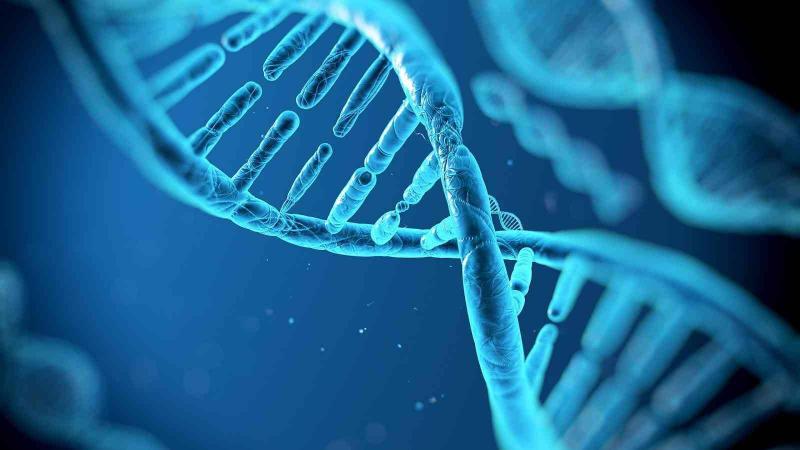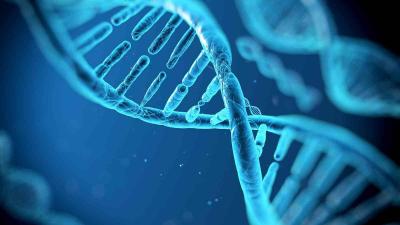New research revealing the mechanism of DNA damage caused by a mutated gene in a rare and fatal disease could have grave consequences for the treatment of various aging-related diseases, including heart diseases, autoimmune disorders, and cancer, according to a report published by New Atlas citing the journal Nature Communications.
#### A Rare Disease
Small vessel disease damages small arteries and capillaries, reducing blood flow to vital organs such as the eyes, brain, and kidneys. It can occur due to aging, high blood pressure, and genetic abnormalities. Retinal vascular disease with white matter encephalopathy (RVCL) is a small vessel disease caused by an inherited mutation in the TREX1 gene. It is rare, with fewer than 200 known cases worldwide. Symptoms develop between the ages of 35 and 55 and affect the liver, kidneys, eyes, and brain, leading to organ damage, failure, and early death.
#### Mutated Genes
Scientists were aware of the link between the TREX1 gene and RVCL but were not familiar with how the mutated gene causes small vessel damage. A new study led by researchers from the Perelman School of Medicine at the University of Pennsylvania and the Brain Research Institute at Niigata University in Japan shed light on the mechanism of action of the mutated gene. The results could have implications beyond white matter encephalopathy.
#### Treatment for Aging Diseases
Jonathan Miner, an associate professor of rheumatology at the Perelman School of Medicine and a principal investigator in the study, stated, "It appears that accelerated DNA damage in RVCL causes early aging of certain cells, including those in the walls of blood vessels," noting that "if this is the case, targeting TREX1 could have far-reaching effects on the treatment of many human diseases associated with aging, including cardiovascular diseases, autoimmune disorders, and cancer."
#### DNA Integrity
Many factors contribute to aging, one of which is DNA damage. The integrity of DNA is essential for the health of cells, tissues, and the entire organism. DNA damage can be detected and repaired; for instance, during the so-called "DNA damage response," which commonly occurs when the body attempts to fight cancer. However, if the damage response is prolonged and the DNA damage is not repaired, it is believed to prevent cells from growing and dividing, leading to premature aging, known as the "DNA damage theory of aging."
#### TREX1 Gene Mutation
When examining RCVL models in animal and human cells, researchers found that when both strands of DNA are broken, the TREX1 gene mutation interferes with the repair process, allowing DNA deletion and causing cells to stop dividing and undergo premature aging, resulting in overall aging and organ damage.
#### Surprising Preliminary Discovery
Remarkably, the research team also found an initial result indicating that RVCL patients have an increased likelihood of breast cancer. The BRCA1 and BRCA2 genes play a crucial role in DNA repair. Mutations in these genes are linked to an increased risk of breast cancer as they jeopardize this repair and lead to the accumulation of DNA damage, increasing genomic instability and cancer susceptibility. Researchers state that the finding suggesting RVCL patients have a high likelihood of breast cancer supports the hypothesis that DNA damage caused by TREX1 increases the risk of breast cancer.
#### Insight
The results of the study provided insight into how to treat RCVL, including lowering levels of the TREX1 protein produced by the gene, correcting the mutation, or preventing the harmful effects of the gene on DNA. The findings extend beyond RVCL as they contribute to the DNA damage theory of aging. Miner stated, "The hope is that understanding the role of TREX1 in RVCL will uncover mechanisms that may link the TREX1 gene to a wide range of human conditions that could also include natural aging."




